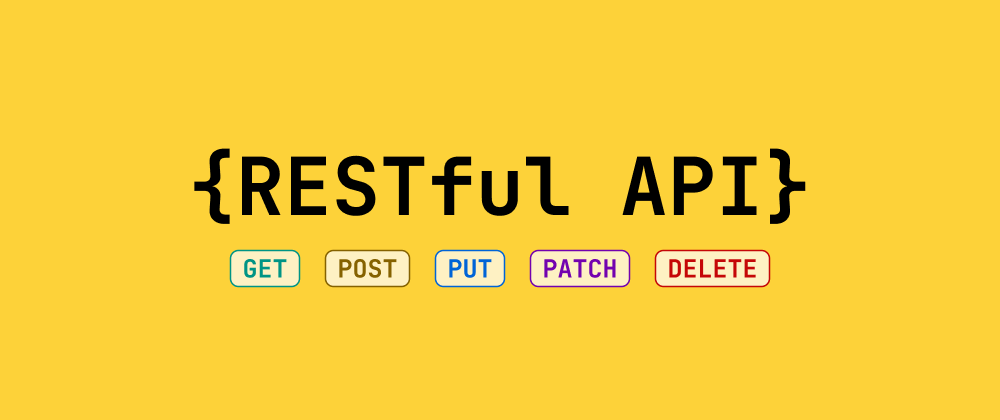username
leapcell.io: serverless web hosting / async task / microservices
leapcell.io: serverless web hosting / async task / microservices


RESTful API (Representational State Transfer API) is a network interface design style used for interactions between network applications. REST is a set of architectural principles and constraints rather than a standard or protocol. When a web service is "RESTful," it follows REST principles and provides an efficient, reliable, and scalable network service.
In a RESTful service, each request should contain all the necessary information to process the request. The server should not retain any state information about client requests.
A RESTful architecture may consist of multiple layers, each performing a specific function. This structure allows for the development of more complex and powerful applications.
In RESTful API design, URLs (Uniform Resource Locators) typically represent resources (objects), while HTTP methods (such as GET, POST, PUT, DELETE, etc.) represent operations on these resources (verbs). This design style emphasizes the state and representation of resources rather than actions.
Verbs in RESTful APIs are usually the five HTTP methods, corresponding to CRUD operations:
According to the HTTP specification, verbs should always be in uppercase.
"A well-designed RESTful API —SHOULD be intuitive and predictable, making it easier for developers to integrate seamlessly."
— REST API Best Practices
Latest comments